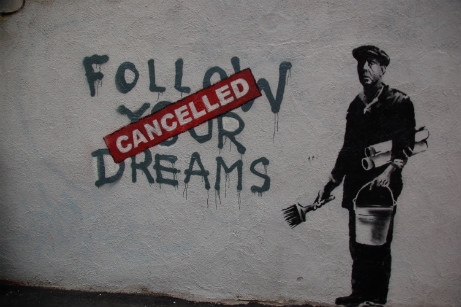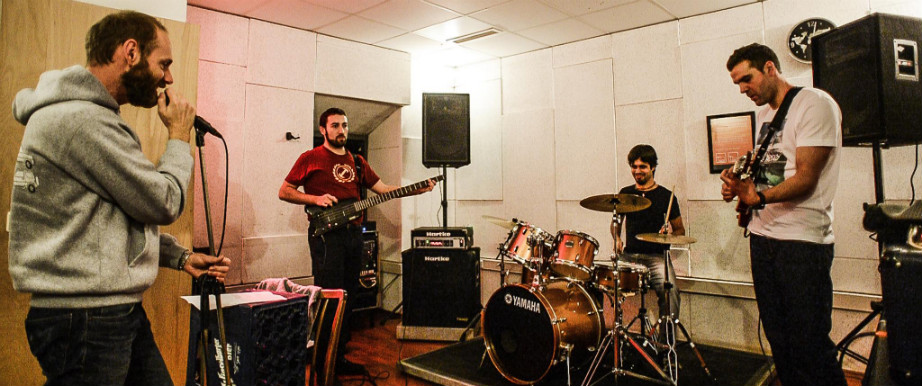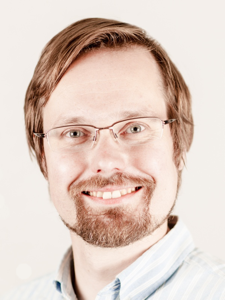Can you keep the best people in your organization? Hiring top talent is hard, but keeping your best people in the organization might be even more difficult.

Usually it is the best performers who leave.
In a recent study by Leadership IQ it was found out that in 42% of companies, the best people are the least engaged. Some organizations do not seem to be troubled by this: they are so confident in their recruiting ability and on-boarding processes that they feel they can replace anyone without much effort.
In reality, I’ve yet to see anything resembling that happening in any organization I’m familiar with. Quite the opposite actually: recruiting, even promising people with good references, can prove to be risky because of cultural fit issues and unique demands of every business.
Even when someone who leaves can be replaced, it takes time for the new person to get acquainted with the organization and become effective. It is estimated that replacing an employee might cost anything from six month’s wages to more than one year’s wages if you take into account all the hidden and indirect costs.
Reasons for employee disengagement
But why do the best people feel disengaged and eventually leave? People have three intrinsic motivators at work: autonomy, purpose and mastery. People need to feel they can decide on how they do their work. They need to feel that they are a part of fulfilling a bigger purpose at work. And people need to feel that they are experts on something. They need to be treated and appreciated as human beings, not only as experts and top performers. They should be able to grow as humans in a way they strive to.

Most organizations cannot offer best people a chance to follow their dreams.
For high performers, the need for autonomy and purpose tend to translate into a need to be involved in improving the organization they work for. People need to be involved in improving the ways of working as well as in the strategical planning of how to reach the shared goals of the organization. And ideally even participating in formulating those shared goals in the first place.
The need for mastery translates into yearning for challenges. This is something that can conflict with the organization’s aspiration to standardize work and enable easy replaceability of employees. It can be even said that designing work for easy employee replaceability creates the need for just that replaceability.
This kind of organization design is also a more fundamental impediment for the high performers’ yearning of mastery. They are surrounded by co-workers most of whom do not share the same quest for excellence. Quite the opposite, the prevalent way of thinking is that those with drive and passion should support those not inclined and equipped in the same way or even manage them for better results. All this kind of setup does is make the high performers feel alone and stressed in the organization. Usually the kind of middle management positions offered to them for good performance are such that they are not aligned with their ambitions and interests.
To engage is to improve together
If lack of involvement in improving the organization and a lack of challenges and social support to excel are the main reasons for disengagment it seems natural that enabling involvement and providing ample opportunities nd support for personal improvement would be the keys. But why aren’t those things already happening?
There is a long history of employee empowerment and involvement programs, which have not had significant results. One example of this kind of initiatives is suggestion boxes. These kind of programs rely on superficial changes in the organization, which are usually at odds with the rest of the prevailing system of how work works.
Instead, the whole system of the organization needs to be changed to allow people to be involved in improving the ways of working and strategical planning. This change is profound in principle, but can be carried out in an evolutionary fashion. The easiest way to start this is allowing everyone to start low-risk low-cost experiments to improve the organization.

Engagement happens when everybody contributes to improvement together.
Regarding the question of providing enough challenges and a culture of striving for excellence in the whole organization, a different model of how the organization works is needed. Instead of seeing the organization as a machine with high quality parts in crucial places and low-quality parts where possible, the parable must be more like a chain of links or a football team. You cannot have any member of the organization just manning a fixed position.
In order for the whole organization to flourish, everybody needs to strive for improvement at the same time as the organization itself is improved. And these two kinds of improvement are intertwined as what the members of the organization are capable of shapes the organization itself. This is the kind of organization where people who tend to be high performers feel at home. This kind of organization blue-print is also driven by experiments.
The bottom line
It is the experiment-driven way of working that enables learning both on the individual and organization level. This kind of change is bound to pay itself back, because in today’s world the proven best people are the most valuable asset an organization can have.
